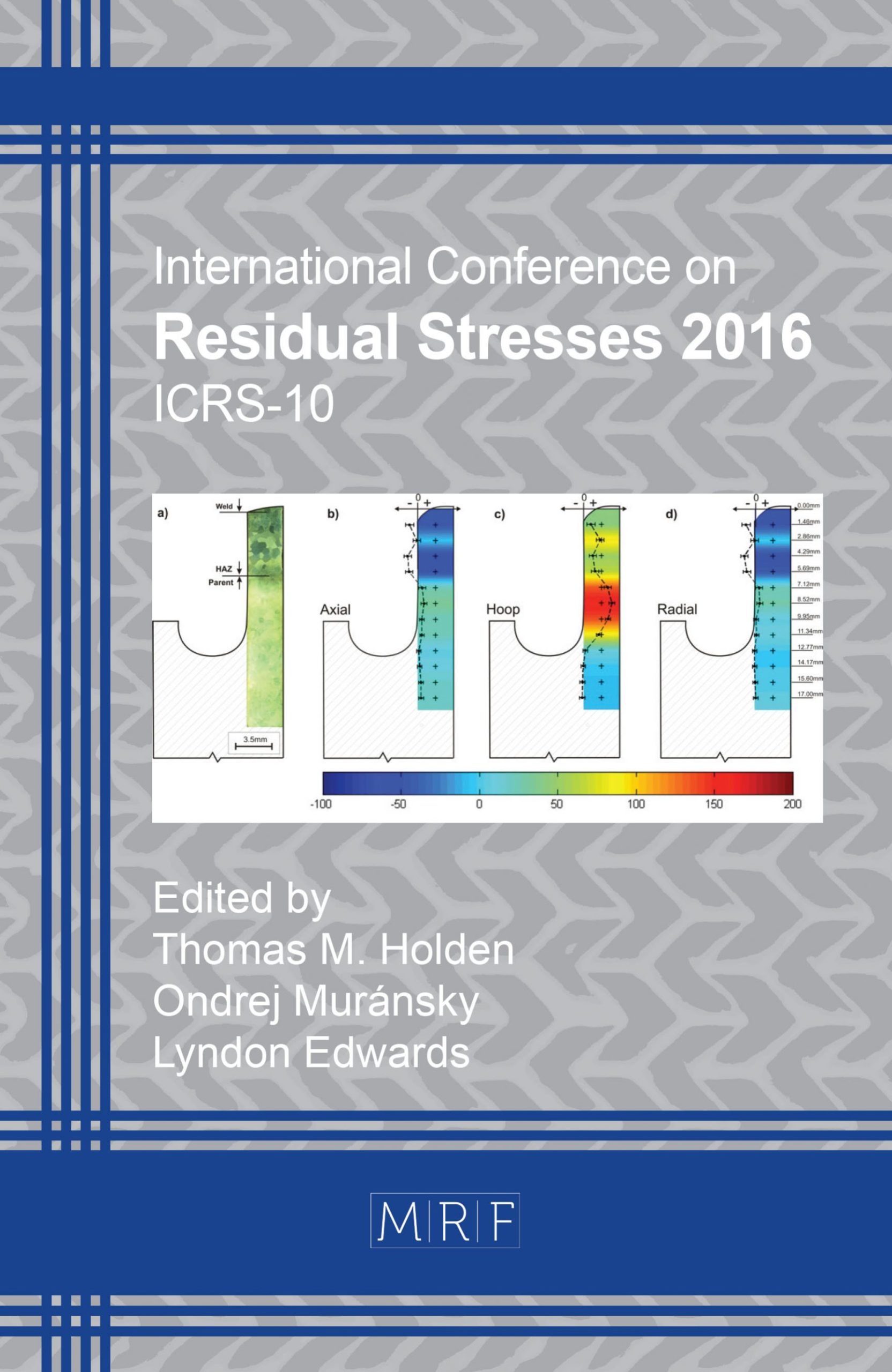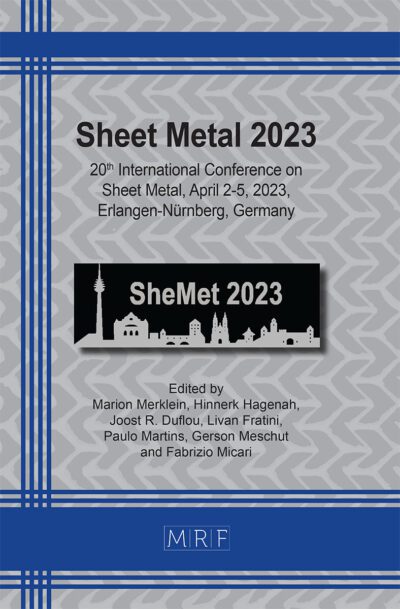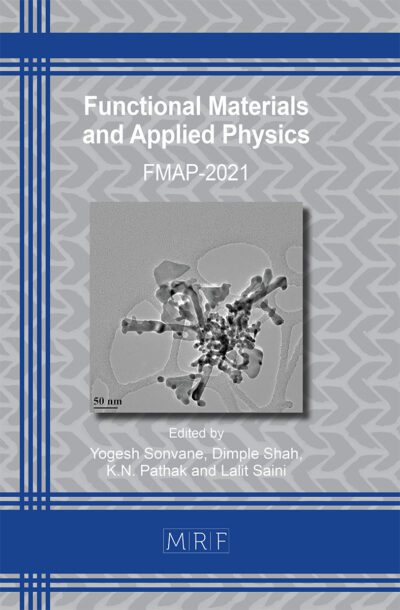Residual Stress in Metal-Matrix Composite Cylinder Measured by Neutron Diffraction and Contour Method
V. Luzin, K. Thorogood, J.R. Griffiths, C.J. Davidson, T.R. Finlayson
download PDFAbstract. A cylindrical sample, 14.8 mm in diameter, was machined from an Al-Mg-Si casting and then heat-treated. For the purposes of this research, the casting can be regarded as a two-phase composite of aluminium and 6 vol.% of near-spherical Si particles ~3 µm in diameter. Residual stresses in the cylinder are (i) long-range macrostresses resulting from the transient temperature gradients formed during heat-treatment, and (ii) short-range microstresses resulting from differences in the coefficients of thermal expansion between Al and Si. Neutron diffraction has been used to measure the stress tensors in each phase of the composite as a function of radial position with 2 mm spatial resolution and the microstress and macrostress components have been successfully separated. The contour method was applied to measure the axial component of the macrostress and the results are in good agreement with the neutron diffraction data.
Keywords
Residual Stress, Neutron Diffraction, Contour Method, Composite
Published online 12/22/2016, 6 pages
Copyright © 2016 by the author(s)
Published under license by Materials Research Forum LLC., Millersville PA, USA
Citation: V. Luzin, K. Thorogood, J.R. Griffiths, C.J. Davidson, T.R. Finlayson, ‘Residual Stress in Metal-Matrix Composite Cylinder Measured by Neutron Diffraction and Contour Method’, Materials Research Proceedings, Vol. 2, pp 401-406, 2017
DOI: http://dx.doi.org/10.21741/9781945291173-68
The article was published as article 68 of the book Residual Stresses 2016
![]() Content from this work may be used under the terms of the Creative Commons Attribution 3.0 licence. Any further distribution of this work must maintain attribution to the author(s) and the title of the work, journal citation and DOI.
Content from this work may be used under the terms of the Creative Commons Attribution 3.0 licence. Any further distribution of this work must maintain attribution to the author(s) and the title of the work, journal citation and DOI.
References
[1] M. Shokrieh, Residual Stresses in Composite Materials, Burlington: Elsevier Science, 2014.
[2] I.C. Noyan, J.B. Cohen, Residual stress: measurement by diffraction and interpretation, Springer, 1987. http://dx.doi.org/10.1007/978-1-4613-9570-6
[3] T. Gnaupel-Herold, P.C. Brand, H.J. Prask, J. Appl. Crystallogr., 31 (1998) 929-935. http://dx.doi.org/10.1107/S002188989800898X
[4] R.A. Winholtz, Separation of Microstresses and Macrostresses, in: M. Hutchings, A. Krawitz (Eds.) Measurement of Residual and Applied Stress Using Neutron Diffraction, Springer Netherlands, 1992, pp. 131-145. http://dx.doi.org/10.1007/978-94-011-2797-4_8
[5] M.B. Prime, R.J. Sebring, J.M. Edwards, D.J. Hughes, P.J. Webster, Exp. Mech., 44 (2004) 176-184. http://dx.doi.org/10.1007/BF02428177
[6] M.B. Prime, A.T. DeWald, The Contour Method, in: Practical Residual Stress Measurement Methods, John Wiley & Sons, Ltd, 2013, pp. 109-138. http://dx.doi.org/10.1002/9781118402832.ch5
[7] C.H. Caceres, C.J. Davidson, J.R. Griffiths, Q.G. Wang, Metallurgical and Materials Transactions A, 30 (1999) 2611-2618. http://dx.doi.org/10.1007/s11661-999-0301-8
[8] Q.G. Wang, C.H. Caceres, J.R. Griffiths, Metallurgical and Materials Transactions A, 34 (2003) 2901-2912. http://dx.doi.org/10.1007/s11661-003-0190-1
[9] O. Kirstein, V. Luzin, U. Garbe, Neutron News, 20 (2009) 34-36. http://dx.doi.org/10.1080/10448630903241175
[10] P. Pagliaro, M.B. Prime, H. Swenson, B. Zuccarello, Exp. Mech., 50 (2010) 187-194. http://dx.doi.org/10.1007/s11340-009-9280-3
[11] V. Luzin, Mater. Sci. Forum, 768-769 (2014) 193-200. http://dx.doi.org/10.4028/www.scientific.net/MSF.768-769.193
[12] Z. Hashin, Journal of Applied Mechanics, 50 (1983) 481-505. http://dx.doi.org/10.1115/1.3167081

































